Green University Ranking In Bangladesh 2019

As global climate concerns intensify, the spotlight on environmentally responsible institutions has never been brighter. Bangladesh, a nation particularly vulnerable to the effects of climate change, is seeing a surge in universities prioritizing sustainability. How are these institutions faring in their green initiatives, and what does it mean for the future of education in a changing world?
The 2019 Green University Ranking in Bangladesh offers a crucial snapshot of how higher education is embracing environmental responsibility. This ranking, assessed through metrics like energy consumption, waste management, water usage, infrastructure, and education, provides valuable insights into which institutions are leading the charge in sustainable practices. It also reveals the progress made and the areas needing improvement across the board.
The Top Performers
Several universities emerged as leaders in the 2019 ranking. North South University (NSU) consistently earned top marks for its comprehensive approach to sustainability. This includes incorporating green building designs, actively reducing carbon emissions, and implementing robust recycling programs.
BRAC University was also recognized for its commitment to environmental education and research. Their curriculum integrates sustainability principles across various disciplines, fostering a culture of environmental awareness among students.
Independent University, Bangladesh (IUB) showcased strong performance in water conservation and waste management. They implemented innovative water recycling systems and effective waste segregation practices.
Key Metrics and Evaluation
The ranking methodology focused on several core areas. Energy consumption was a primary metric, measuring the efficiency of university buildings and their reliance on renewable energy sources.
Waste management practices, including recycling and composting initiatives, were also closely evaluated. Water usage, encompassing conservation efforts and wastewater treatment, played a significant role in the overall scoring.
Furthermore, the incorporation of sustainability-related courses and research programs was assessed to determine the institution's dedication to environmental education. Finally, the availability of green spaces and eco-friendly infrastructure contributed to the final ranking.
Challenges and Opportunities
Despite the progress made by leading universities, challenges remain. Many institutions face financial constraints that hinder their ability to invest in costly green technologies.
Limited awareness and engagement among students and faculty can also impede the successful implementation of sustainability initiatives. Furthermore, the lack of standardized reporting and auditing practices makes it difficult to accurately compare performance across institutions.
However, opportunities abound. Increased government funding and policy support could incentivize universities to adopt sustainable practices. Collaboration between universities and industries can foster innovation and the development of green solutions.
The Impact on Students and the Community
The rise of green universities has a profound impact on students. Exposure to sustainable practices and environmental education equips them with the knowledge and skills necessary to address global challenges.
"Graduates from these institutions are more likely to become environmentally conscious citizens and leaders," said Dr. Rahman, a professor of environmental science at Dhaka University.
These institutions also serve as role models for the wider community. By demonstrating the feasibility and benefits of sustainable practices, they inspire individuals and organizations to adopt eco-friendly behaviors.
Looking Ahead
The 2019 Green University Ranking serves as a benchmark for progress and a call to action. As climate change intensifies, the role of universities in promoting sustainability will only become more critical.
Moving forward, institutions must prioritize investing in green infrastructure, integrating sustainability into the curriculum, and fostering a culture of environmental responsibility. By embracing these principles, universities can contribute to a more sustainable future for Bangladesh and the world.
The continued monitoring and improvement of the ranking system itself is also essential. Regular updates to the methodology and the inclusion of additional metrics can ensure that the ranking remains relevant and effective in driving positive change. More focus is needed on the social and economic impact of the green initiatives taken by the universities.
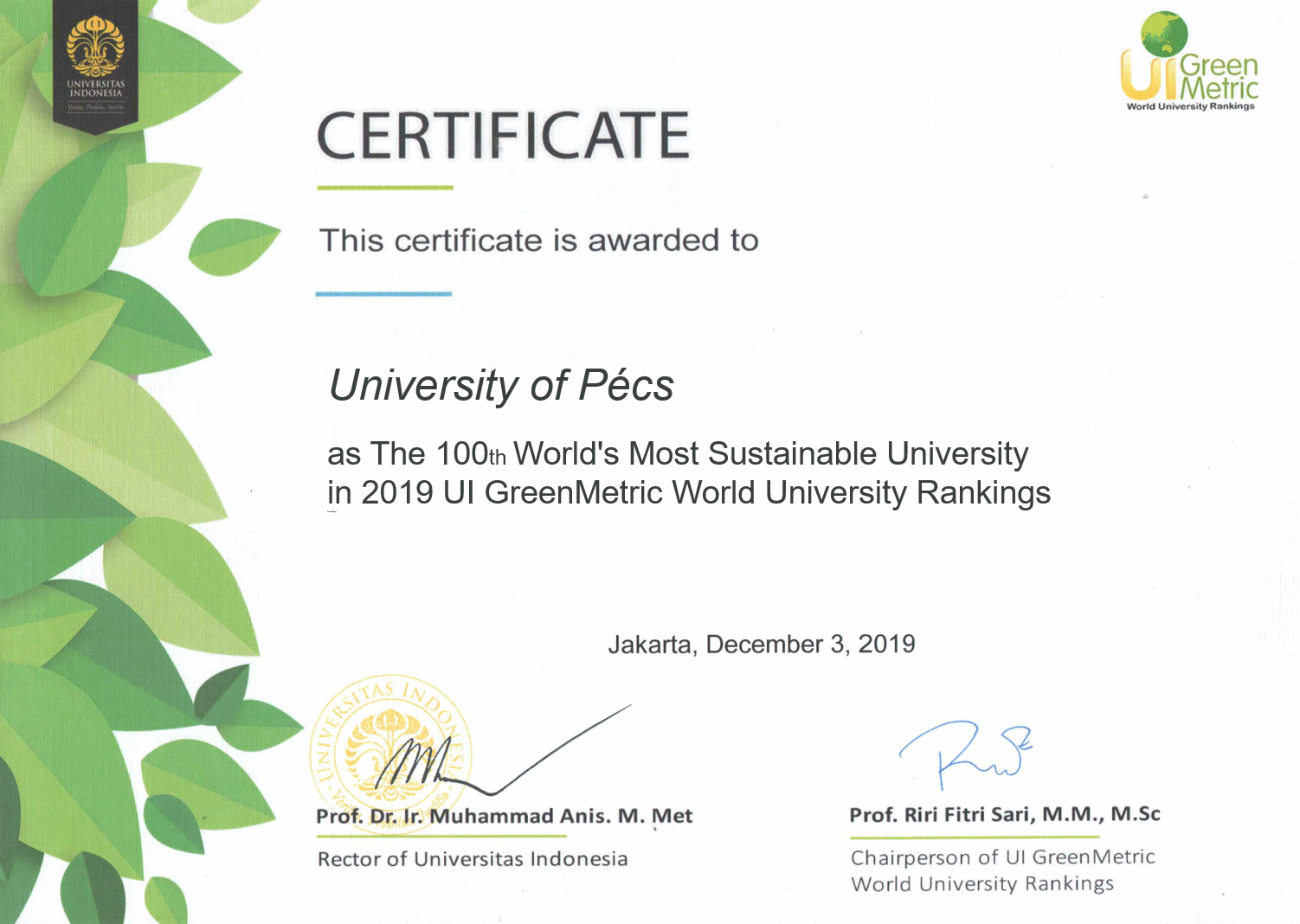

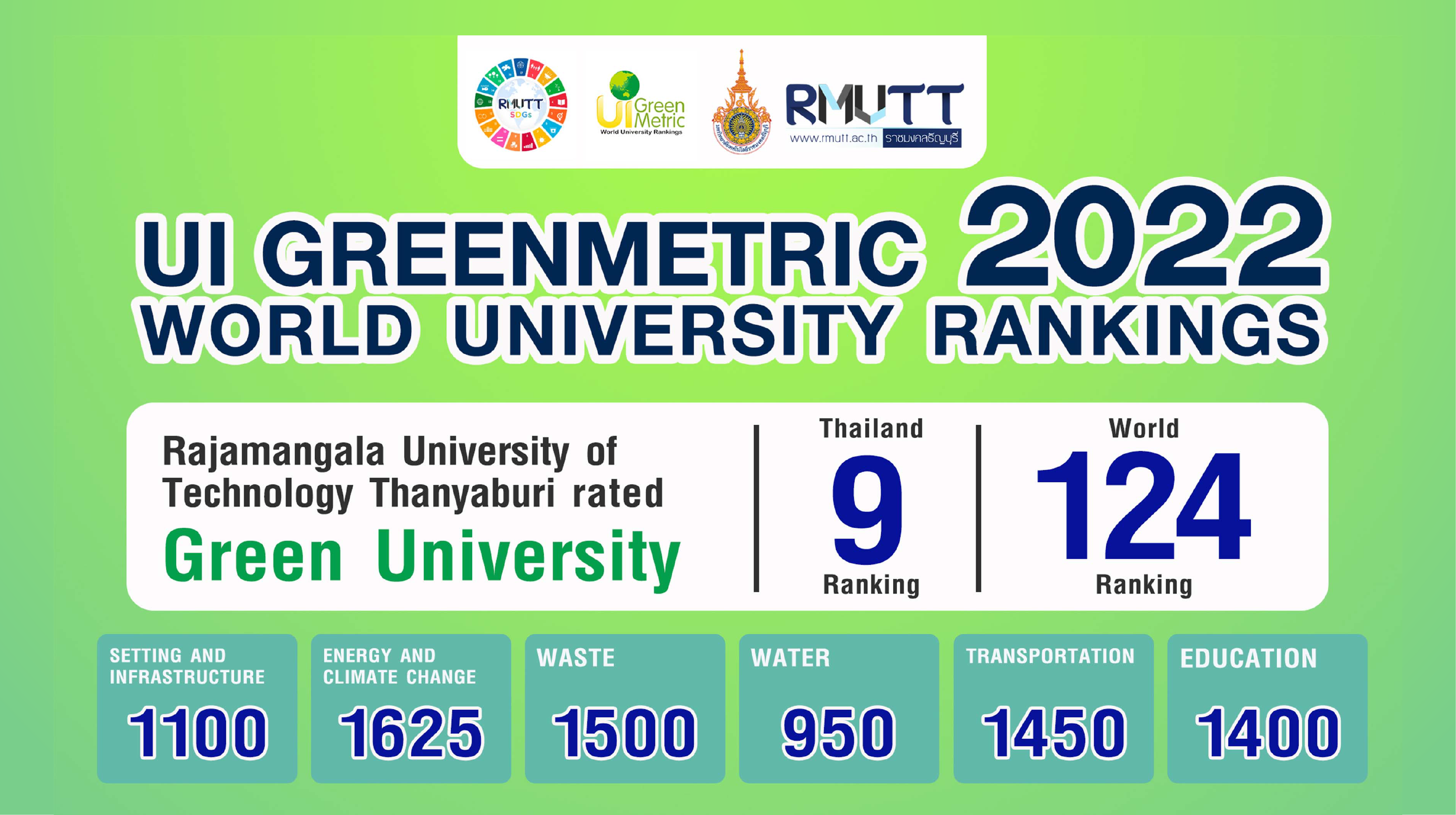
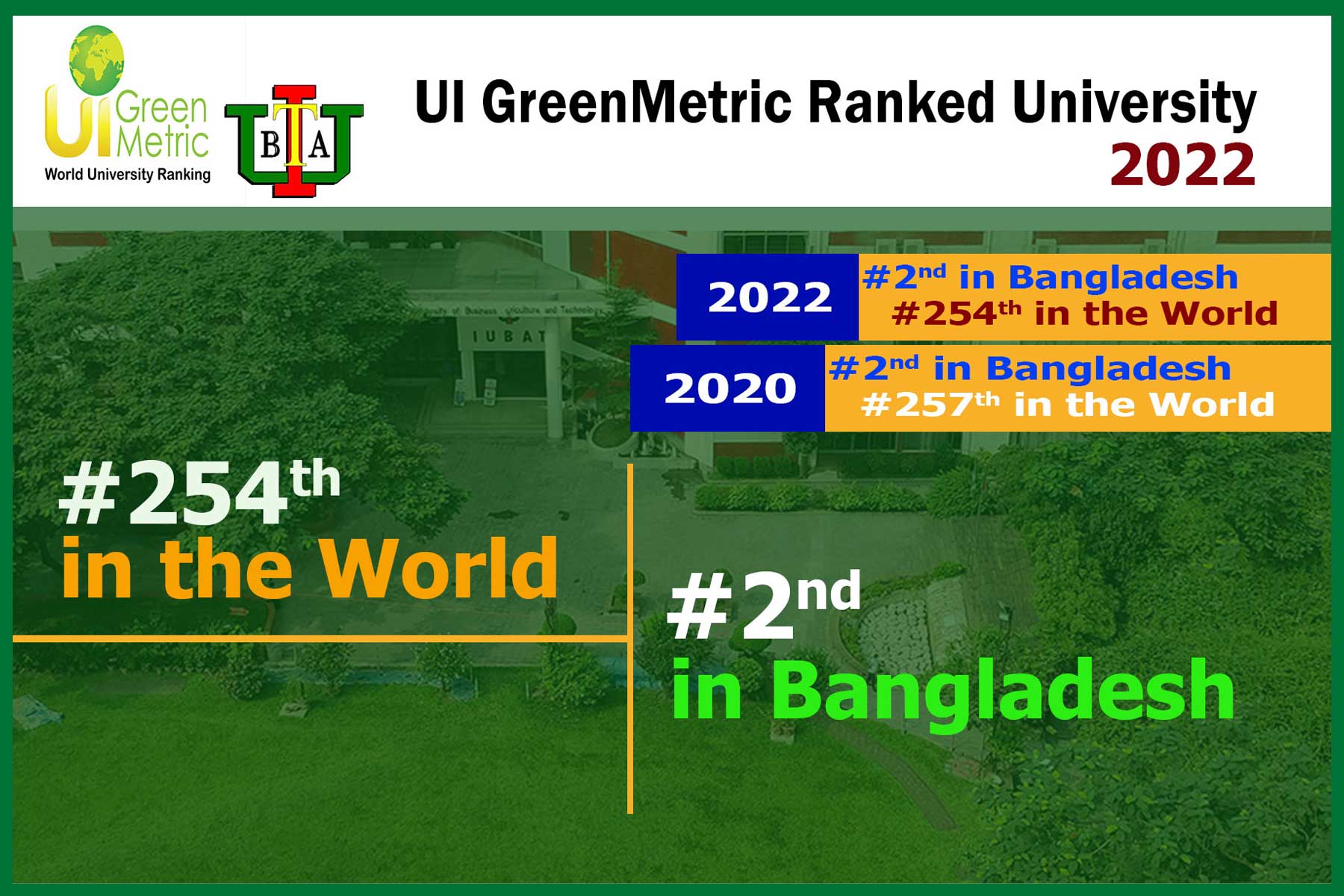


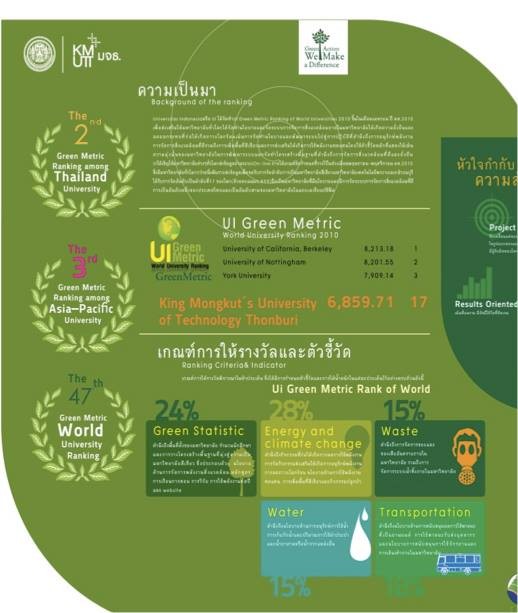
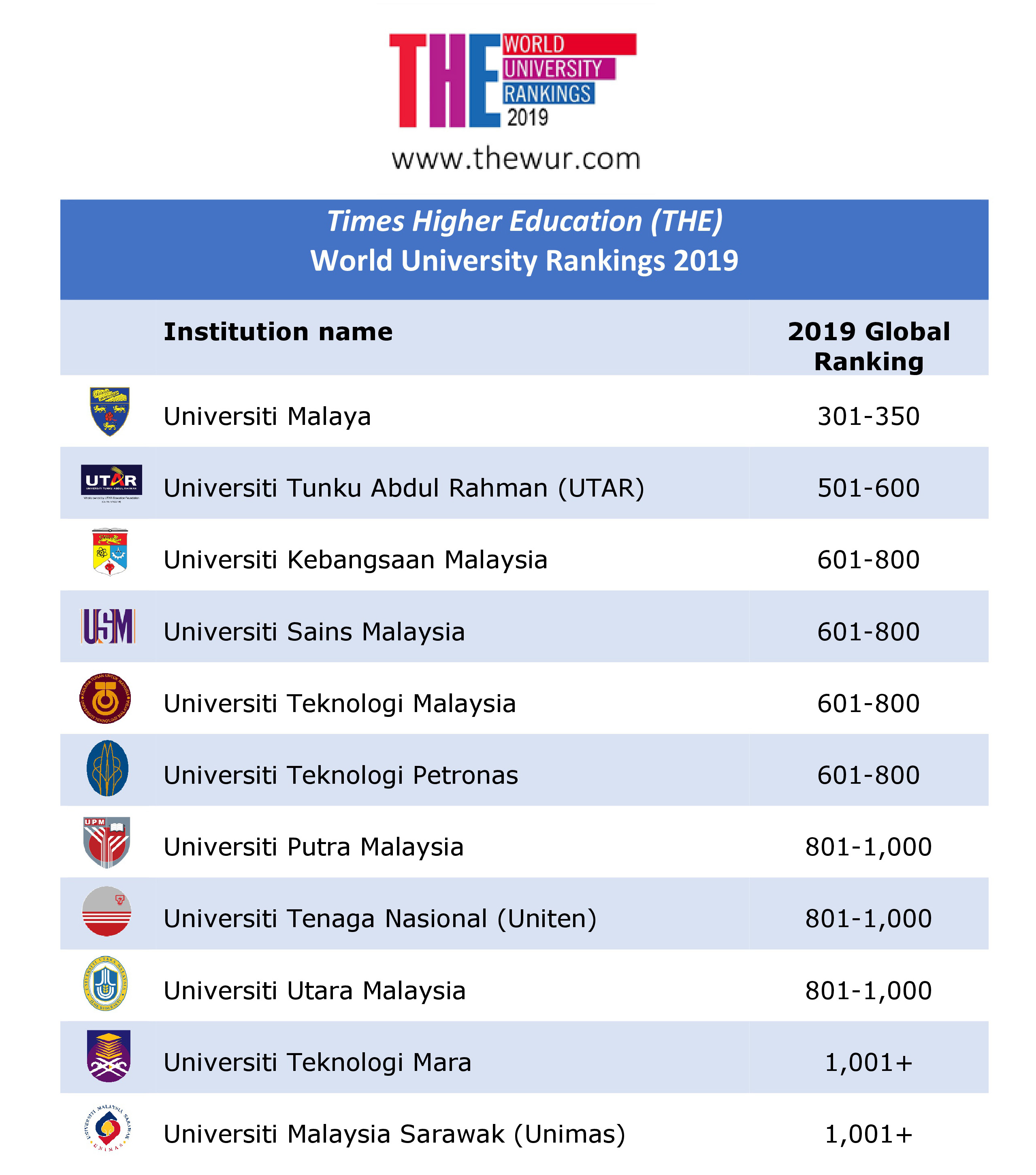
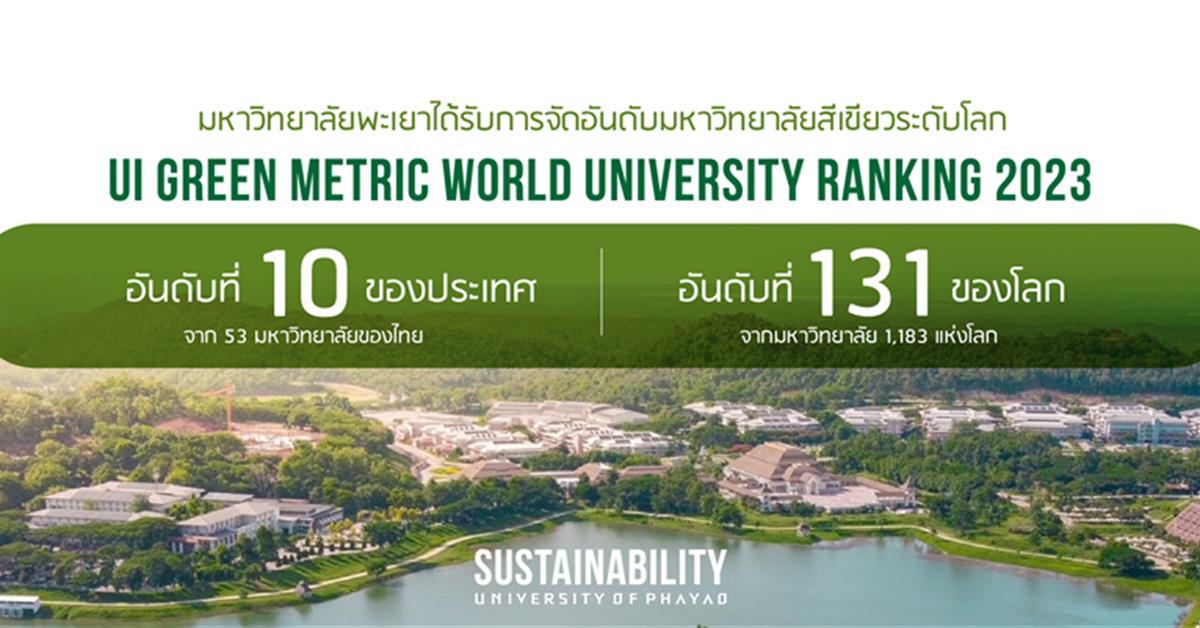
![Green University Ranking In Bangladesh 2019 Home [sqm.unimap.edu.my]](https://sqm.unimap.edu.my/images/UI-Green-Matric-Ranking-2019.png)
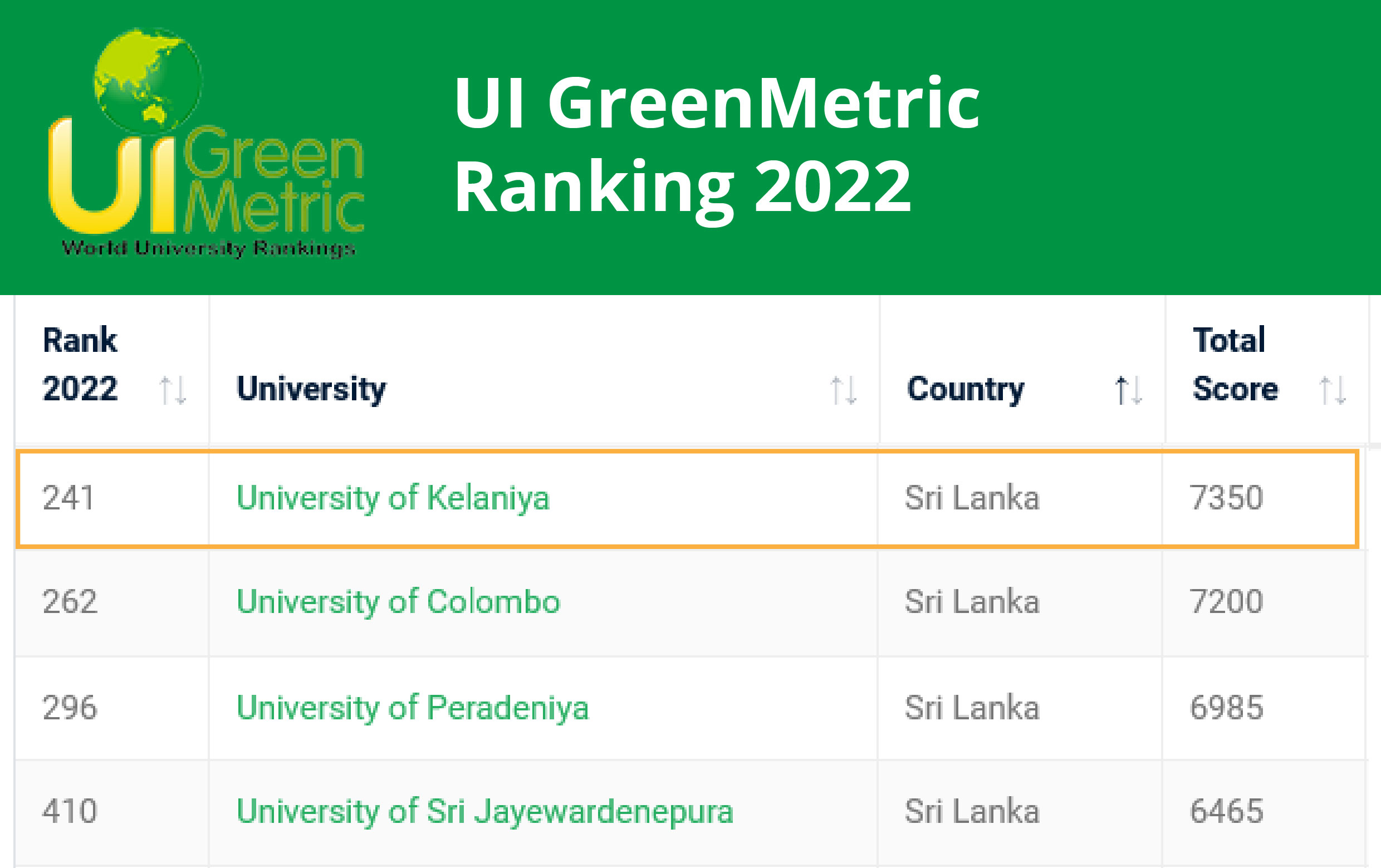
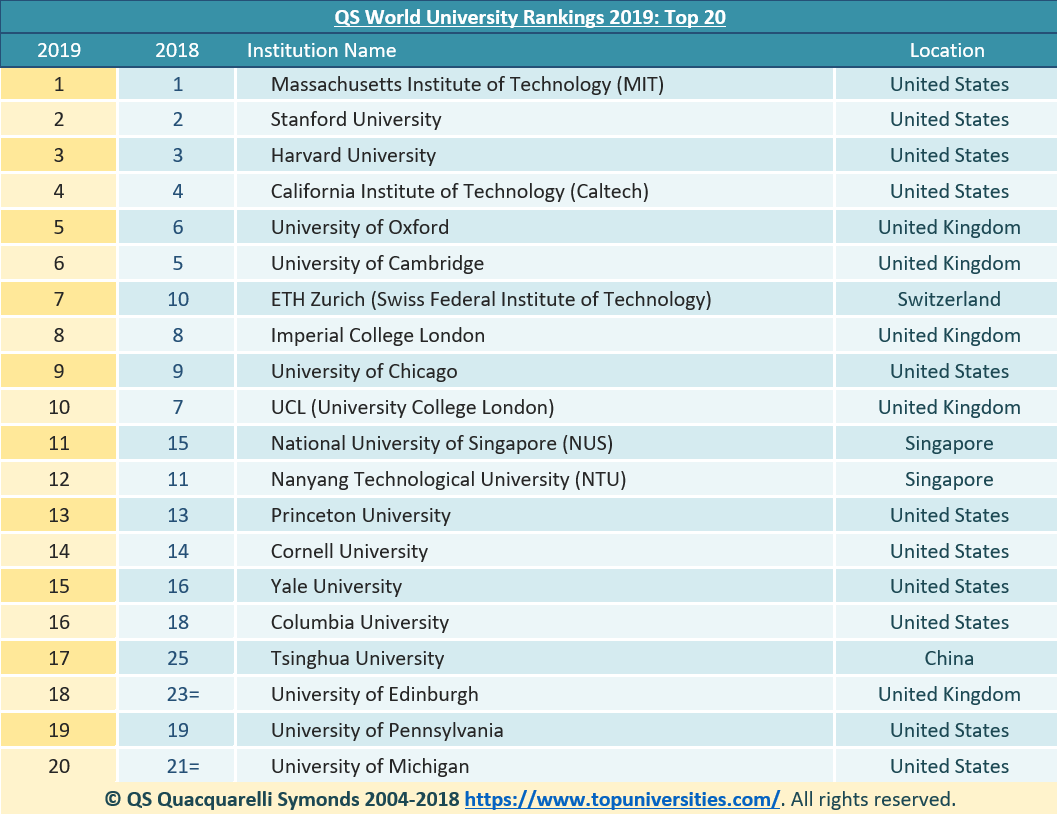


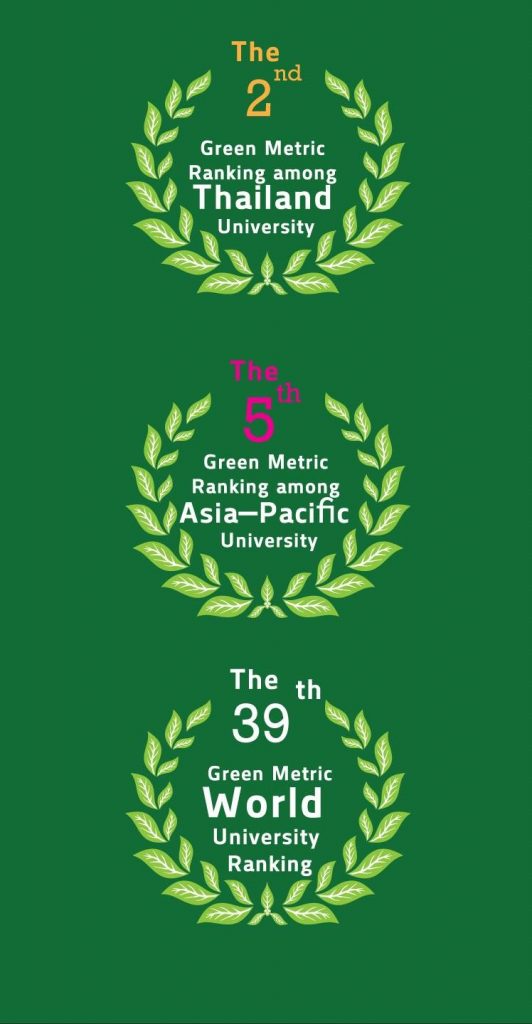


![Green University Ranking In Bangladesh 2019 The world's leading green universities in 2021[10] | Download](https://www.researchgate.net/publication/362107410/figure/tbl1/AS:11431281110845775@1672767754368/The-worlds-leading-green-universities-in-202110.png)
